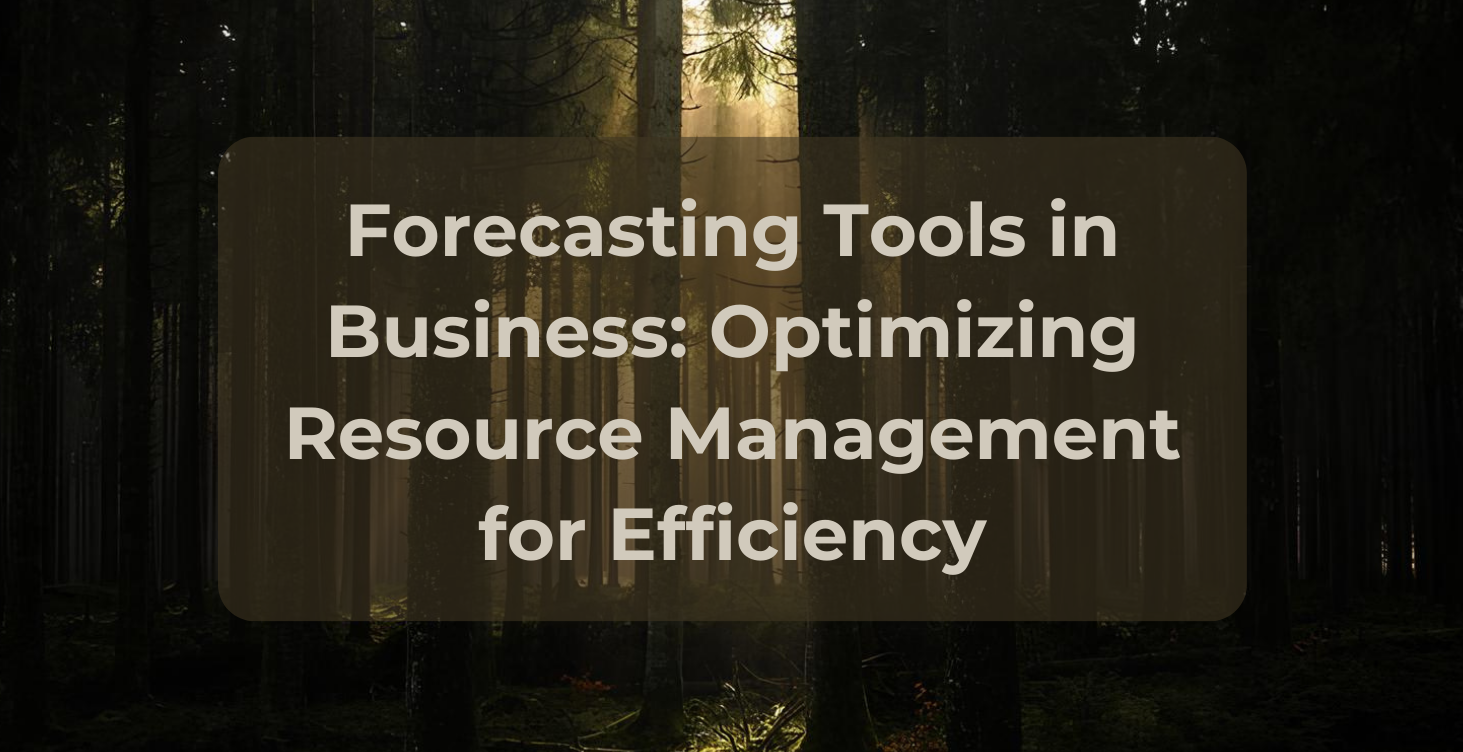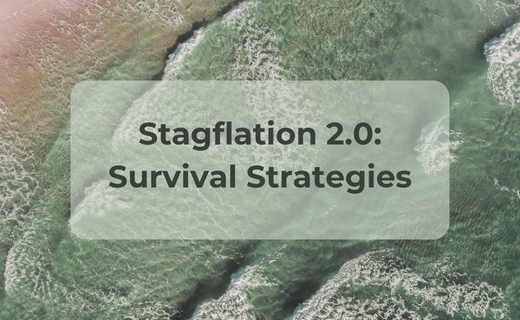Effective resource allocation is essential for business success. Companies aim to optimize operations, reduce costs, and increase profitability. In this context, forecasting tools and futurology play a crucial role. By leveraging data and analytics, businesses can anticipate future trends and make informed decisions. As a result, efficient resource allocation has become a necessity rather than a luxury.
Budget Optimization and Financial Planning
The Role of Forecasting Tools in Financial Management
According to a Deloitte study, predictive financial planning increases forecast accuracy by 10-20%. This directly impacts revenue and expense management. As a result, businesses can allocate budget resources more efficiently, avoid overspending, and direct investments toward high-potential areas.
Traditional budgeting methods often struggle with market instability. Demand fluctuations and regulatory changes add complexity. However, advanced forecasting tools and futurology consider these variables, leading to more precise financial predictions. Consequently, companies experience increased financial stability, reduced risks, and improved profitability.
The Shift to AI and Cloud-Based Solutions
Modern forecasting tools increasingly rely on AI and machine learning. These technologies analyze vast amounts of data, identifying patterns and improving prediction accuracy. Cloud-based financial planning solutions are also gaining traction, offering businesses greater flexibility and real-time insights.
Forecasting Tools for Inventory Management and Forecast Resource Optimization
Addressing Common Inventory Challenges
Inaccurate demand forecasts can lead to two major problems: excess inventory and product shortages. Both issues negatively impact a company’s financial health. Predictive analytics helps businesses optimize inventory levels by factoring in seasonality, promotions, and other relevant data.
An Aberdeen Group report indicates that predictive analytics can reduce storage costs by 15-25%. As a result, businesses free up financial resources, reduce product obsolescence, and improve customer service levels.
The Impact of IoT and RFID Technologies
Advancements in IoT and RFID technologies provide real-time inventory data. Since businesses can access updated stock levels instantly, they can make more accurate forecasts and prevent supply chain disruptions.
Labour Resource Allocation and Workforce Planning
The Role of Predictive Analytics in HR
A Gartner analysis reveals that predictive analytics improves staffing accuracy by 20-30%. Workforce planning is challenging due to factors such as employee turnover, business strategy changes, and technological advancements. Forecasting tools and futurology help businesses anticipate staffing needs and take timely action.
Benefits for Employee Retention and Productivity
Optimizing workforce allocation reduces personnel costs and enhances productivity. Additionally, businesses using data analytics can predict employee turnover, identify potential leaders, and develop targeted training programs. This proactive approach leads to a more engaged and motivated workforce.
Operational Expenses and Cost Management
Reducing Operational Costs with Forecasting Tools
McKinsey data shows that predictive analytics can lower operating costs by 10-20%. By optimizing resource utilization and preventing downtime, businesses can achieve greater efficiency.
Equipment inefficiencies, unexpected downtime, and planning errors often increase operational costs. Forecasting tools help identify process bottlenecks and provide actionable insights to eliminate them. As a result, productivity improves, and product quality increases.
Predictive Maintenance and Logistics Optimization
Predictive maintenance technologies help businesses reduce equipment failure risks. Additionally, logistics processes benefit from enhanced forecasting, leading to improved delivery efficiency and reduced transportation costs.
Customer Service Enhancement Through Forecasting Tools
Meeting Customer Expectations with Predictive Analytics
According to Salesforce, predictive analytics increases customer satisfaction by 10-25%. Customers today expect personalized service and quick problem resolution. Forecasting tools and futurology help businesses anticipate customer needs and offer tailored solutions.
The Rise of AI-Powered Customer Support
Companies are increasingly using AI-powered chatbots and virtual assistants to enhance customer service. These tools provide real-time responses and improve overall customer experience, leading to increased loyalty and repeat sales.
Data-Driven Decision Making
Improving Decision-Making Accuracy
Harvard Business Review highlights the importance of predictive analytics in decision-making. With vast amounts of data available, managers often struggle with uncertainty. Forecasting tools and futurology help them make informed decisions by providing valuable insights and reducing the risk of errors.
The Growing Use of Interactive Dashboards
Data visualization technologies, such as interactive dashboards, simplify information analysis. As a result, decision-makers can quickly interpret complex data and implement strategic actions with confidence.
Sales Forecasting and Revenue Growth
Enhancing Sales Forecast Accuracy
A McKinsey study found that advanced analytics improves sales forecast accuracy by 20-50%. Traditional forecasting methods often fail to account for multiple influencing factors, leading to inaccurate demand predictions.
Leveraging Machine Learning for Better Insights
Machine learning algorithms significantly enhance sales forecasting by analyzing large datasets. Businesses can also integrate social media data and other nontraditional sources to improve demand predictions and optimize marketing strategies.
Return on Investment in Forecasting Tools
High ROI from Predictive Analytics Investments
A Dresner Advisory Services report states that companies investing in predictive analytics achieve a 3-5x return on investment. The benefits include optimized business processes, reduced costs, and increased profitability.
The Shift to Cloud-Based Analytics Platforms
Businesses are increasingly adopting cloud-based analytics platforms to streamline data processing and enhance decision-making. As these technologies continue to evolve, companies can expect even greater improvements in forecasting accuracy.
Conclusion
Forecasting tools and futurology are essential for businesses aiming to optimize resource allocation and improve efficiency. By leveraging predictive analytics, companies gain a competitive advantage through more accurate planning, cost reduction, and enhanced customer service. As technology continues to evolve, businesses that invest in advanced forecasting tools will be better positioned for long-term success.
Our expert guidance in business forecasting will help you mitigate threats and transform external challenges into strategic opportunities. Partner with us to secure your future. [Contact Us]





